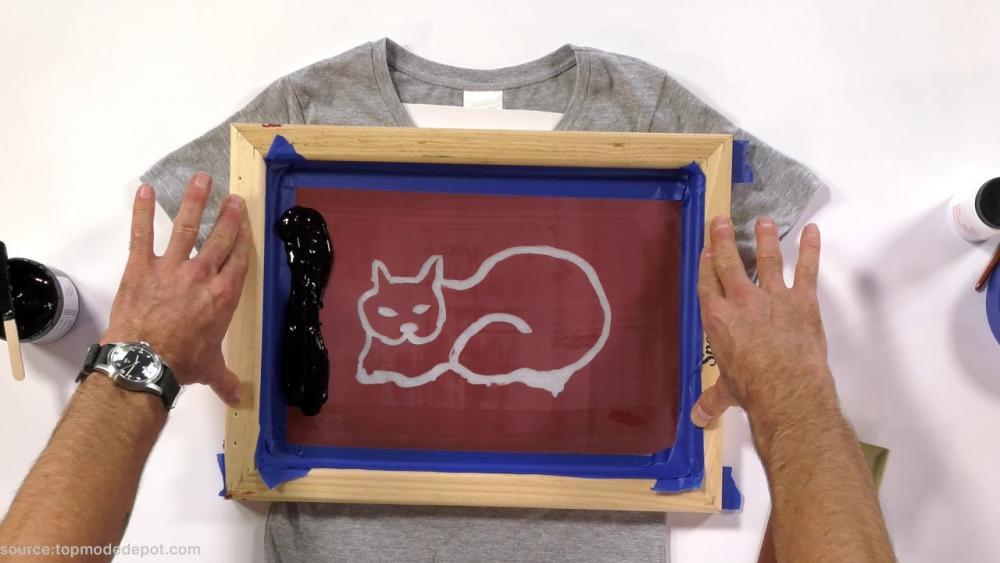Graphic t-shirts are one of the coolest ways to express your personality. Maybe you like to sport the merch of your favourite band. Or, if music isn’t your thing, then you could rock a graphic t-shirt of your favourite 90’s video game.
If you have a company and want to make your own merch learning how to screenprint can save you quite a bit in your marketing budget.
Or, if you are just bored one day, and you want to put a cool design of something you saw on the internet on a t-shirt, screen printing is something you should look into.
What is Screen Printing?
Screen printing, also known as silk screening, is virtually eliminating the process of soaking the shirt for a design to be imprinted on it. Instead, a stencilled design is transferred to fabric using a silkscreen, ink, and a squeegee.
Simply put, the process uses thick types of inks that lay on top of the surface of the shirt. This is the way that most companies are now putting the designs on shirts and other types of clothing.
There are a few different techniques you can use when screen printing.
- You can use vinyl or masking tape to cover the designed area of a screen.
- You can also paint your design onto a screen using a blocker like glue or lacquer.
- You can also use a light-sensitive emulsion. This is created in the same way a photograph is created.
What does it do?
Screen printing is a way to eliminate the high cost of digital and electronic printing. Because it is such an effective way to make good-looking clothing at a lower price, companies naturally gravitate toward this instead of digital or electronic. The products are just as good, if not better, at much less of a cost.
Another reason companies use screen printing over digital alternatives is because of the vivid colours it produces, especially on darker fabrics. The fact that screens are simply stencils means that they can be reused over and over, which makes creating things like uniforms much simpler and much more cost-effective.
Who uses it?
The most popular industry that uses screen printing the most would be the textile industry. The number of different kinds of fabrics that can be used to screenprint on is ranging from cotton the whole way to silk. So, naturally, the textile industry could take advantage of this.
Also, the furniture industry takes advantage of this because of linen, bedsheets, and other sorts of lifestyle products that can have designs of them. Some of the companies have made an effort to continue to grow the screen-printing industry by using screen print shop software.
Conclusion
Screen printing or silk screening is a fantastic process that creates quite a bit of really cool merchandise. And the best part? Because it is less expensive to do than digital or electronic printing, you can save quite a bit of money on merchandise when you use it.


Screen printing is a printing technique where a mesh is used to transfer ink onto a substrate, except in areas made impermeable to the ink by a blocking stencil. A blade or squeegee is moved across the screen to fill the open mesh apertures with ink, and a reverse stroke then causes the screen to touch the substrate momentarily along a line of contact. This causes the ink to wet the substrate and be pulled out of the mesh apertures as the screen springs back after the blade has passed. One color is printed at a time, so several screens can be used to produce a multicoloured image or design.
Screen printing really helps. Saves me the stress of traditional docs.